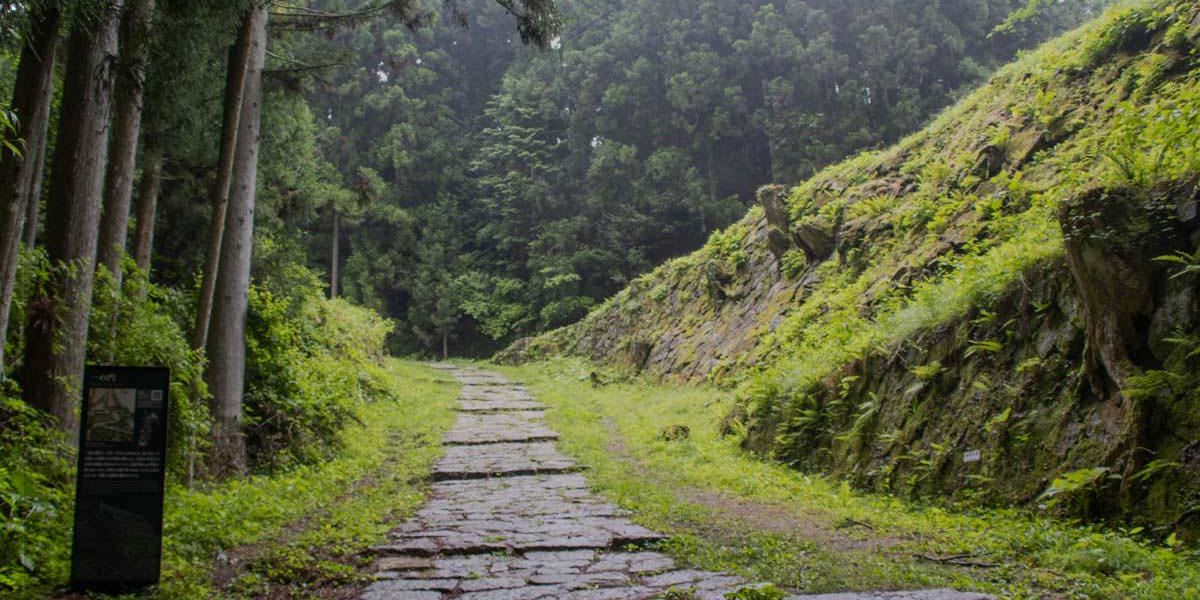A Confucian scholar, Issai was born in Edo as the second son of Sato Nobuyoshi, a chief retainer of the Iwamura clan. He loved reading from an early age, and was skilled in swimming, horse archery, sword and spear training, as well as mastering the Ogasawara school of etiquette.
At the age of 34, he became the head of the Hayashi clan, the leading Neo-Confucian school, and together with Hayashi Jussai taught many students. At age 55, he was added to the ranks of Matsudaira Noriyoshi, the lord of Iwamura Domain, and devoted himself to the domain’s administration. Hayashi Jussai died aged 74 in 1841, and so at the age of 70, Issei became president of the shogunate controlled Shoheizaka Gakumonjo school. In 1854, at the age of 83, he devoted himself to the creation of diplomatic documents for the Treaty of Peace and Amity between the United States and Japan.
Issei’s book, Genshi Shiroku, is said to have been a major influence on leading figures such as Saigo Takamori, Katsu Kaishu, and Sakamoto Ryoma, who led Japan out of the feudal Edo period, into the Meiji Restoration.






